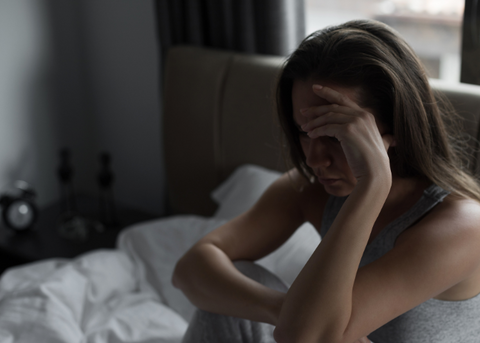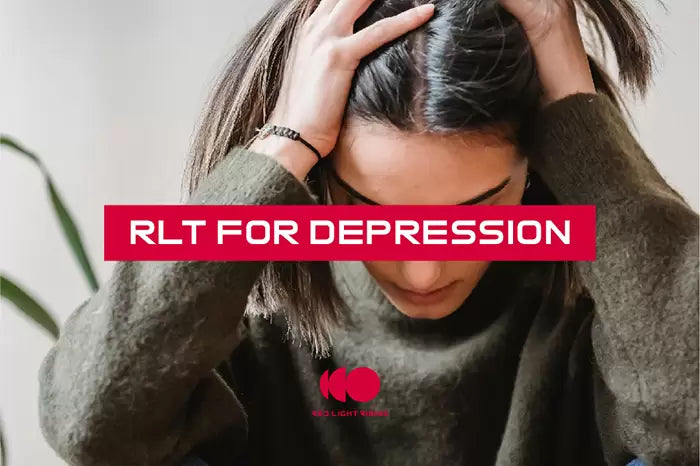Exploring Red Light Therapy in Context of Depression
Today's discussion centers on a topic of growing interest: the utilization of Red Light Therapy (RLT) in the context of depression. It's a look into how certain light exposures might play a role in emotional well-being.
- Light and Health
- Understanding Red Light Therapy
- RLT in the Context of Emotional Well-being
- Insights and Observations
- Closing Thoughts
- Further Reading and Studies
Light and Health:
The impact of light on health is profound, with natural light being recognized for its array of benefits. However, modern lifestyles often limit our exposure to natural sunlight, leading to potential disruptions in our circadian rhythms. These disruptions are suggested to have links with various health challenges.

Understanding Red Light Therapy:
RLT involves the use of specific wavelengths of light, aiming to mimic the beneficial aspects of natural sunlight without UV exposure. It's thought to engage with the mitochondria within cells, potentially influencing energy production.
RLT in the Context of Emotional Well-being:
Exploring the role of RLT concerning emotional health, including Seasonal Affective Disorder (SAD) and broader depressive states, is an area of ongoing research. Studies such as the Elated-2 Pilot trial (1) and others (3) have begun to examine these relationships, seeking to understand the potential of RLT in this area.

Insights and Observations:
Professionals in the field, such as Dr. Marc Schoen from UCLA Medical School, share observations from their experiences, noting an interest in the combination of RLT with traditional therapeutic approaches. These observations contribute to a growing discussion on non-traditional support methods for emotional well-being.
Closing Thoughts:
While the exploration of RLT as a supportive measure for emotional health is ongoing, it presents an interesting area of study. As research continues, it may offer additional insights into how light therapy can be utilized alongside conventional treatments.
Further Reading and Studies:
For those interested in delving deeper into the research surrounding RLT and its potential implications for emotional well-being, the following studies provide a starting point:
- Transcranial Photobiomodulation for the treatment of major depressive disorder. The ELATED-2 pilot trial. https://pubmed.ncbi.nlm.nih.gov/30346890/
- Seasonal Affective Disorder. https://www.psychiatry.org/patients-families/depression/seasonal-affective-disorder#:~:text=Seasonal%20affective%20disorder*%20is%20a,Depressive%20Disorder%20with%20Seasonal%20Pattern.
- The potential of transcranial photobiomodulation therapy, for treatment of major depressive disorder. https://pubmed.ncbi.nlm.nih.gov/28231069/

